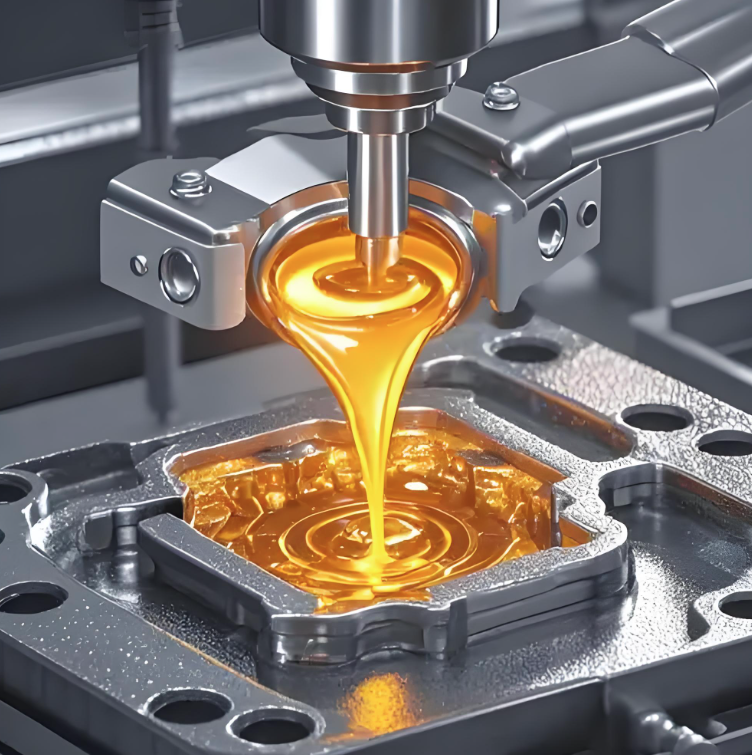Computer Numerical Control (CNC) machining has revolutionized metalworking by enabling unprecedented levels of precision, repeatability, and efficiency. As industries demand tighter tolerances, complex geometries, and faster production cycles, advancements in CNC technology continue to push the boundaries of what is possible. This article explores key innovations in CNC machining, including high-speed machining, multi-axis systems, smart manufacturing, and sustainable practices, while highlighting their impact on modern manufacturing.
- High-Speed Machining (HSM) and Ultra-Precision CNC
High-Speed Machining (HSM) leverages advanced spindle technologies (reaching 50,000+ RPM) and optimized toolpaths to reduce cycle times while maintaining accuracy. Key benefits include:
Improved Surface Finish: Reduced vibration and thermal distortion.
Hard Material Machining: Efficiently processes hardened steels, titanium, and Inconel.
Micro-Machining Capabilities: Achieves sub-micron tolerances for medical and aerospace components.
- Multi-Axis CNC Systems: 5-Axis and Beyond
Traditional 3-axis machines are increasingly replaced by 5-axis CNC systems, allowing simultaneous movement along multiple planes. Advantages include:
Single-Setup Machining: Reduces errors from repositioning.
Complex Geometries: Enables turbine blades, impellers, and aerospace structures.
Hybrid Additive-Subtractive Systems: Combine CNC milling with 3D printing (e.g., DMG Mori’s Lasertec series).
- Smart Manufacturing and AI Integration
CNC machining is evolving with Industry 4.0 through:
Adaptive Control Systems: Sensors adjust cutting parameters in real-time to prevent tool wear.
Predictive Maintenance: AI analyzes machine data to forecast failures.
Digital Twins: Virtual simulations optimize toolpaths before physical machining.
- Sustainability in CNC Machining
Environmental concerns drive innovations such as:
Minimum Quantity Lubrication (MQL): Cuts coolant usage by 50%.
Recyclable Metal Powders: Used in hybrid additive-subtractive processes.
Energy-Efficient Drives: Regenerative braking in CNC motors lowers power consumption.
CNC machining remains at the forefront of industrial innovation, blending precision, automation, and sustainability. Future trends like quantum computing-assisted CNC and self-learning machines promise further breakthroughs. As manufacturers adopt these technologies, the gap between design intent and production reality will continue to narrow, solidifying CNC’s role in the next industrial revolution.

